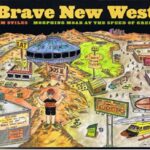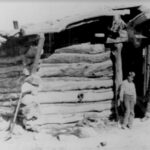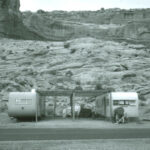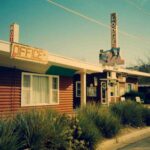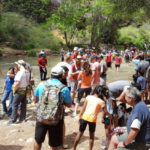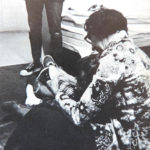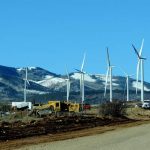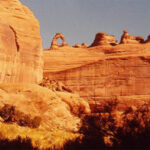
Delicate Arch…the name sounds familiar. In its online literature the National Park Service at Arches National Park calls Delicate Arch “the best known arch in the world.” In years past, the State of Utah considered the arch “so iconic” that it stamped the arch’s image on all state license plates. Visitation to Delicate Arch has recently become such an event that it is virtually impossible to experience the arch alone, or even with a small group of fellow tourists…
…As far back as the late 19th Century, ranchers and cowboys and maybe a few sheepherders had come across the arch. None of them were impressed; tourism was still an industry that had only occurred to a few. Even the uniqueness of this sandstone span failed to attract many visitors.
John Wesley Wolfe moved West from Ohio for health reasons. His doctor thought the desert air might extend his life. He and his son Fred found their way to Southeast Utah, to the Salt Wash area below the arch and established a ranch there in 1898. He built a primitive cabin and eked out a living. When his daughter Flora Stanley and her husband Ed visited him in 1907, she was appalled at the living conditions and made him build a new cabin. At some point he mentioned the arch to his daughter who made the two mile trek and is credited with the first known photo of what was then called “The School Marm’s Bloomers.” According to early Park Service reports, the arch sported a variety of nicknames, from “Pants Crotch,” to “Mary’s Bloomers, to the less colorful “Salt Wash Arch.” It most likely depended on which name the various ranchers preferred.
Read more →
